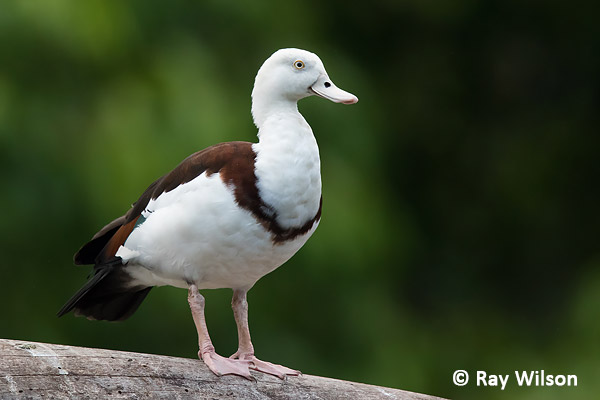
- Home
- Photography Tours
- Diary / Blog
- Galleries
- Foreign Trips
- Tasmania 2016
- NE Queensland 2016
- Western Alps 2016
- NE Spain 2016
- Australia's Wet Tropics 2015
- Australia's Top End 2015
- SW Australia 2015
- Switzerland 2015
- Andalucia 2015
- Belize 2015
- Australia 2014
- Switzerland 2014
- Belize 2014
- Bahama Islands 2014
- Switzerland 2013
- Ecuador 2012-2013
- Florida 2011-2012
- Vancouver Island 2011
- Australia 2010
- Peru 2008
- Bulgaria 2007
- Lesvos 2006
- California 2006
- New Zealand 2005
- Extremadura 2005
- Goa, India 2004
- The Gambia 2003
- About
November 2015
Wet Tropics of Northern Queensland, Australia
Part 7: Daintree
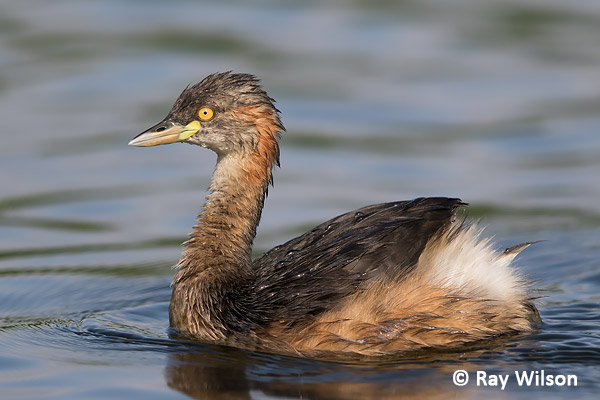
Australasian Grebe (Tachybaptus novaehollandiae)
The Great-billed Heron is a shy and reclusive species found throughout the coastal regions of the tropical north of Australia and one of the best chances of seeing one is to take a boat-trip down the Daintree River. If considering doing this, I would highly recommend booking one of the early morning bird-watching cruises with Ian "Sauce" Worcester (www.daintreeriverwildwatch.com.au). He not only knows the best spots for finding the elusive species, but is also very good at getting you into the best possible position, with the best angle of light for photographing them...something not very many boat tour operators have an appreciation of!
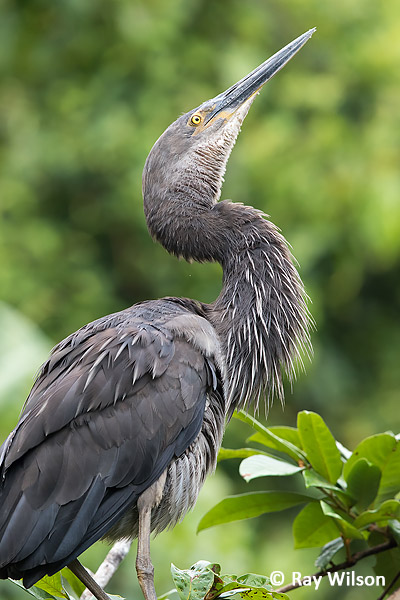
|
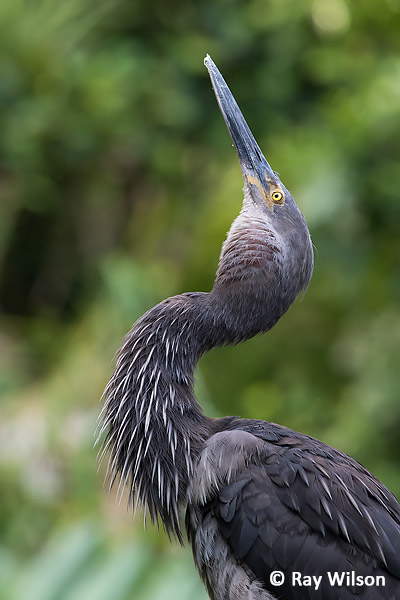
|
Great-billed Heron (Ardea sumatrana)
Standing at over a metre tall, the Great-billed Heron is the largest heron in Australia and is totally unmistakable if you see one. On the morning that I joined the cruise, we were quite lucky in finding a male who was not only displaying but was also quite happy to remain in full view for the 20 minutes or so that we watched him.
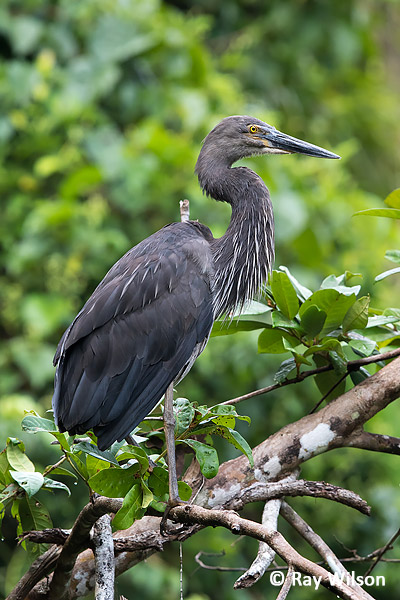
|
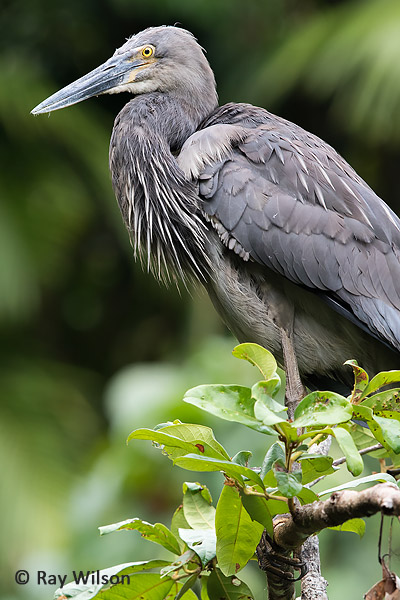
|
Great-billed Heron (Ardea sumatrana)
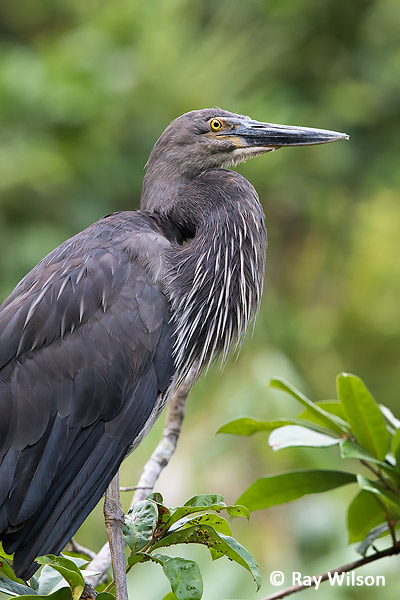
Great-billed Heron (Ardea sumatrana)
During the cruise we also saw Black Bitterns on at least 5 occasions, although these were all too distant for getting decent photos.
Radjah Shelduck (Tadorna radjah)
Other species encountered included Radjah Shelduck, Azure Kingfisher and a male Papuan Frogmouth sitting on his nest.
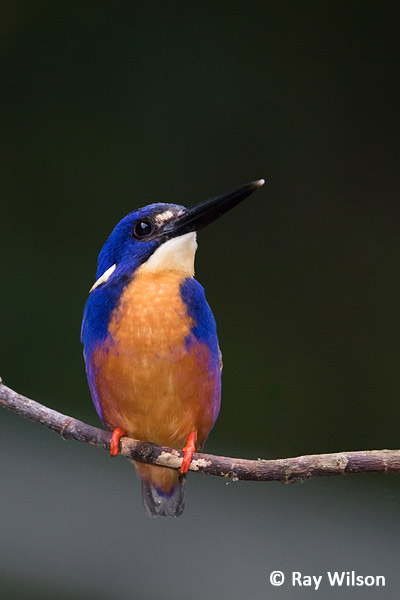
Azure Kingfisher (Ceyx azureus) |
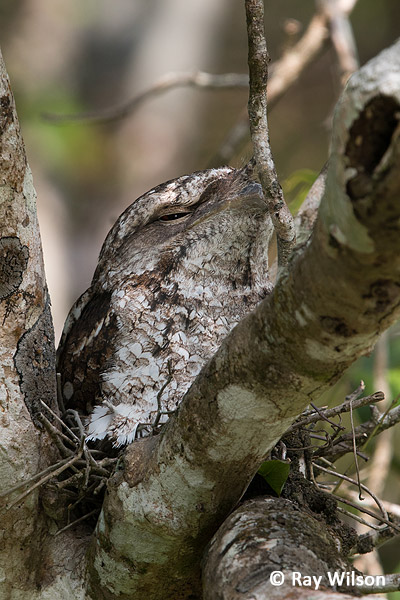
male Papuan Frogmouth (Podargus papuensis) sitting on his nest |
Back on dry land, the large Metallic Starling colony on the roadside close to the boat ramp is a good place to spend a few hours photographing these sociable, but noisy and argumentative, birds.
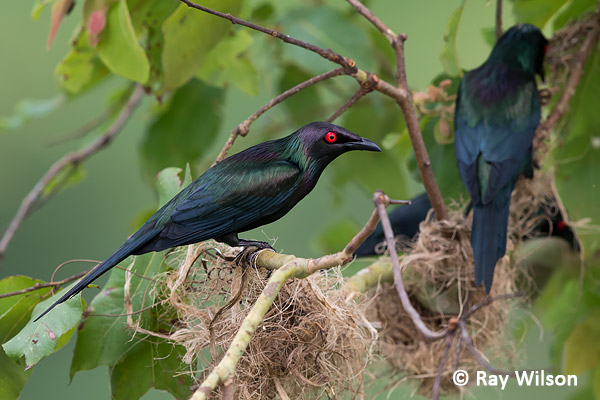
Metallic Starling (Aplonis metallica)
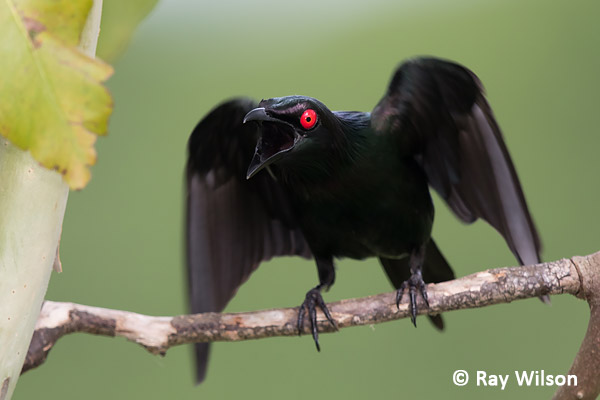
Metallic Starling (Aplonis metallica)
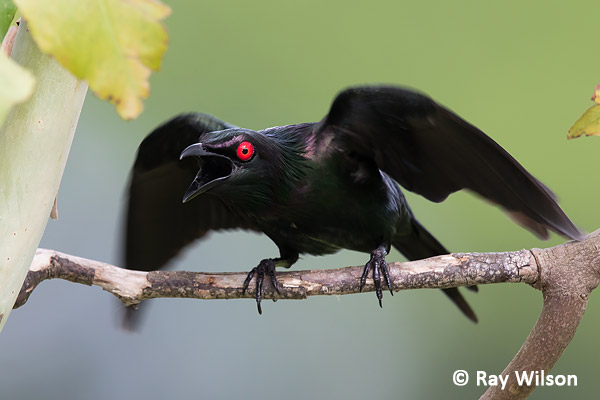
Metallic Starling (Aplonis metallica)
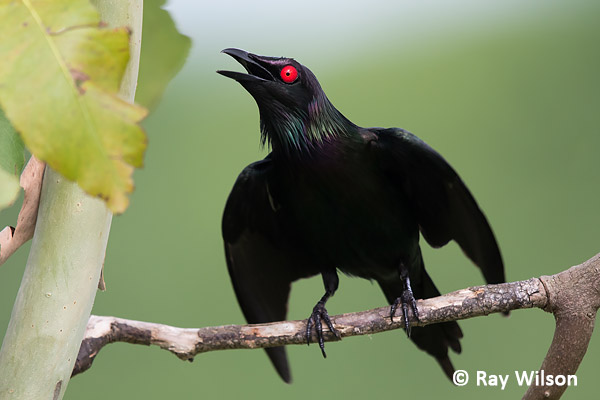
Metallic Starling (Aplonis metallica)
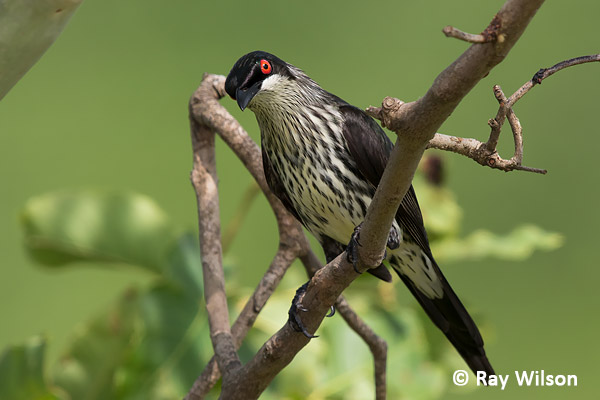
immature Metallic Starling (Aplonis metallica)
They are quite hard to find in rainforest areas but, with a bit of effort, I was able to track down a couple of small family groups of Lovely Fairywrens near the village water tower. Unusually for fairywrens, the female of this species is even more beautiful than the male so it was very disappointing that I failed to get a decent shot of a female. Another one to try for again next year...
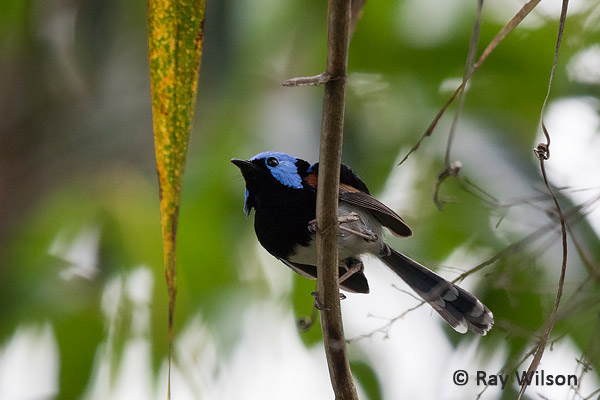
male Lovely Fairywren (Malurus amabilis)
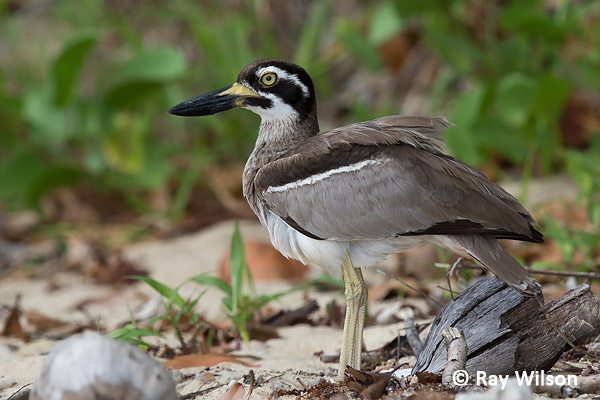
Beach Stone-curlew (Esacus magnirostris)
Wonga Beach, about 20km south of Daintree, is a good place to go if you want to see Beach Stone-curlews, although finding them can be heavily dependant on how busy the beach is. I was very lucky the day I visited this year as there was a pair of them directly opposite the beach access path. If I had turned up 10 minutes later, I would probably have had a much harder time locating them as a couple of dogwalkers came along and the stone-curlews retreated into the dense undergrowth at the edge of the beach.
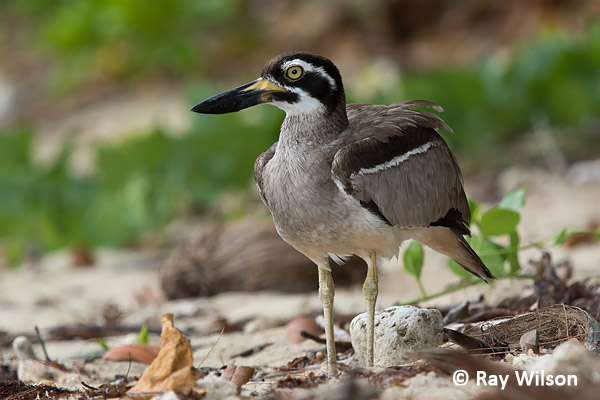
Beach Stone-curlew (Esacus magnirostris)
Ray Wilson owns the copyright of all images on this site.
They may not be used or copied in any form without prior written permission.
raywilsonphotography@googlemail.com
